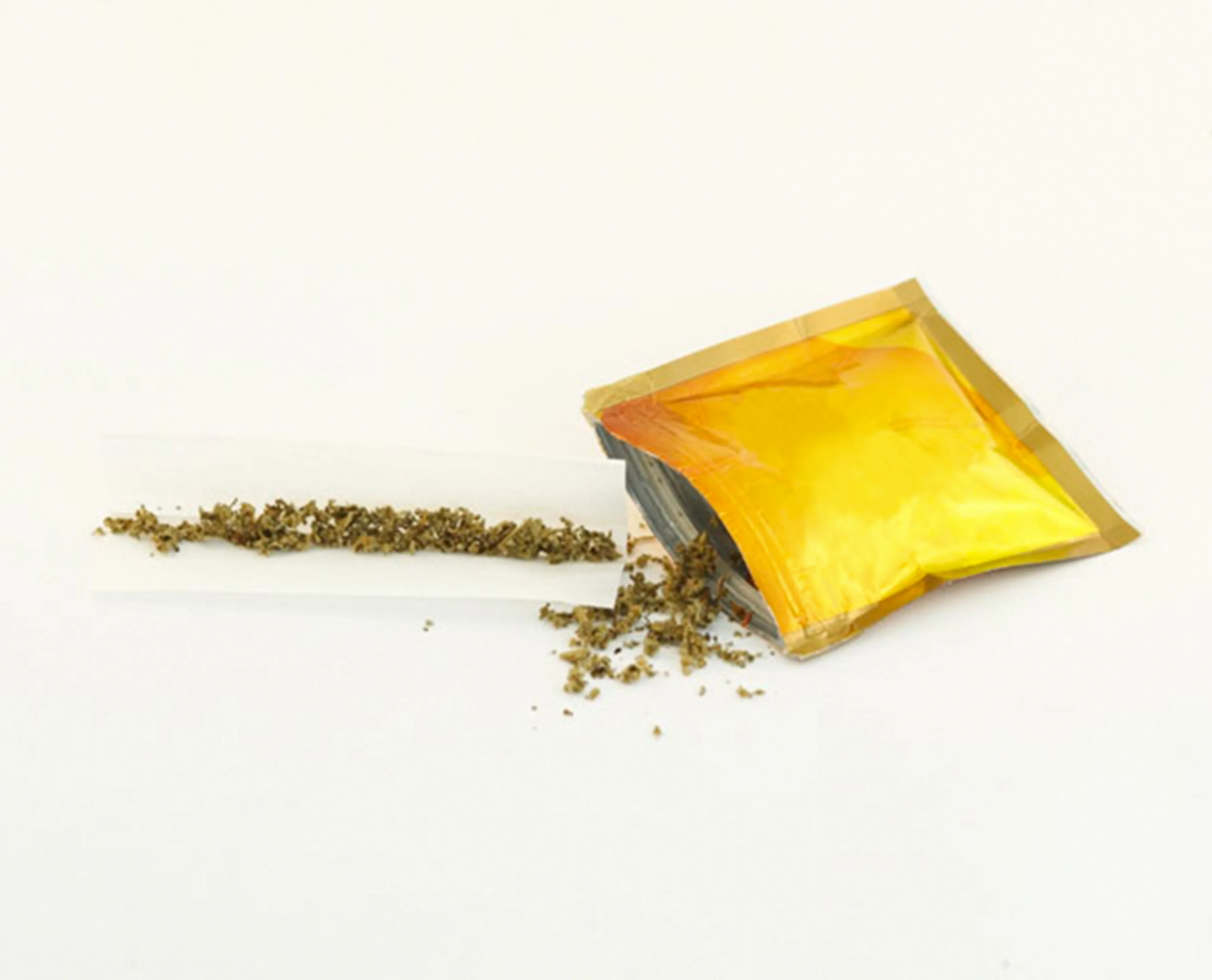
Synthetic cannabinoids
Chemicals designed to act like the main psychoactive chemical in cannabis.
Some drugs are increasingly cut with dangerous synthetic opioids like nitazenes, which have killed 100s of people in the UK in the past year. This is happening in a wide range of drugs, not just heroin, and you can never really know what is in any street or counterfeit drug. Find out more about the risks and what to do here.
Also called:
- Amsterdam Gold
- Annihilation
- Black Mamba
- Blue Cheese
- Bombay Blue Extreme
- Clockwork Orange
- Devil's Weed
- Ecsess
- Exodus Damnation
- K2
- Mary Joy
- Spice
- Tai High Hawaiian Haze
- X
Quick info
How the drug works varies from person to person
How you might feel
Happy, relaxed, talkative and/or anxious, paranoid, sedated.
Effects on your body
Effects are similar to cannabis but stronger. Side effects can include nausea and mood swings. Also, sweating and tingly feelings in fingers and toes. Loss of muscle coordination.
How long it takes to work
Usually smoked so pretty immediate. Slower if swallowed. (Read more)
How long the effects last
Varies from about 1 to 6 hours depending on the specific chemical.
Common risks
Easy to want more and take larger doses. Mental health can get worse. Psychotic episodes can be triggered, usually in those already susceptible, and last for weeks.
Mixing drugs
Mixing drugs is always risky but some mixtures are more dangerous than others.
Was this information useful?